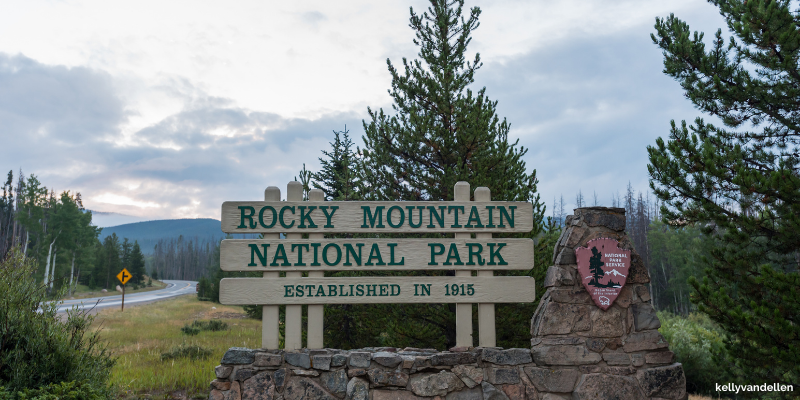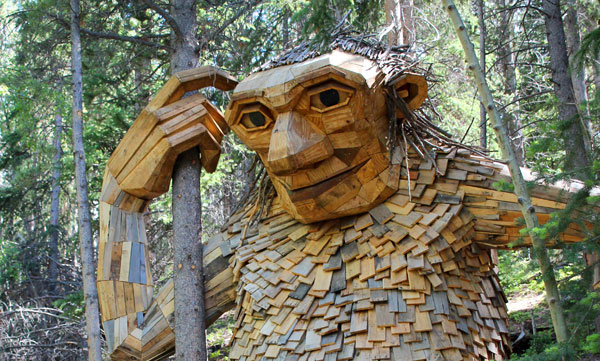Rocky Mountain National Park’s History
Rocky Mountain National Park's History
Rocky Mountain National Park's history (RMNP) goes well beyond the date it was designated as a national park in 1915. Which made it the 9th national park in the US and the second in Colorado, after Mesa Verde National Park. Indeed, its history goes back a lot further than that. About 11,000 years ago, humans first began to inhabit the inhospitable valleys and mountains of the region. In the late 1700s, the Ute Tribe lived there seasonally, as the "Park" was a favorite hunting ground. Some of their ancient trails are still used today as hiking trails. Trail Ridge Road was once a route Native Americans used to access the Park's hunting grounds. In 1803, with the Louisiana Purchase, the area became part of the young United States, though the rugged terrain meant most people avoided it. Even fur trappers, hunters, and explorers went around the area to try and find easier routes. This included Stephen H. Long, whose name you might recognize from the famous 14er within the park’s borders.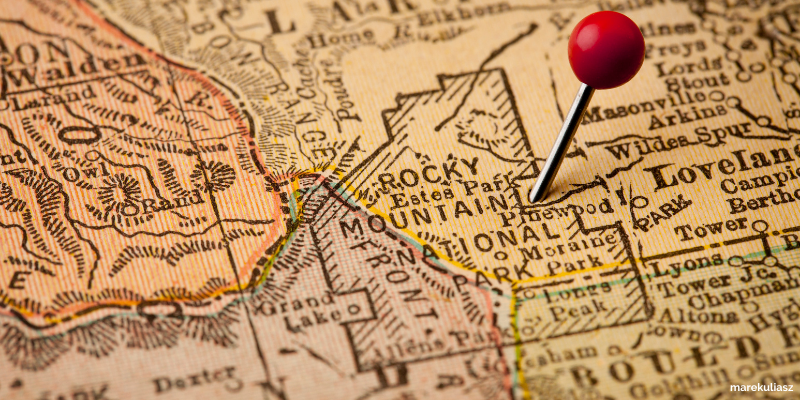
Gold Rush Era, Preservation, and The Park's History
Once the gold rush began, the surrounding areas became more populated, though homesteaders found the harsh winters difficult. As the population in the Rockies began to grow, so did the number of tourists seeking access to the incredible landscapes and vistas of the Rocky Mountains. In the late 19th and early 20th century, a preservation movement swept through the US, notably including the designation of Yellowstone as America’s first national park in 1872. Local naturalists in Estes Park began to petition in 1909 for Rocky Mountain to become the nation’s 10th national park. In 1915, after Glacier National Park, it became the 11th in the country (though due to the decommissioning of Mackinac National Park and the combination of Rock Creek Park into National Capital Parks, Rocky Mountain National Park is currently the 9th oldest national park in the US).Developing Rocky Mountain National Park
During the Great Depression, when millions of American citizens were out of work, President Franklin Roosevelt created the Civilian Conservation Corps (CCC) to help people find work. Thanks to the CCC, we have many of Colorado’s treasured icons, including Red Rocks Amphitheater and Rocky Mountain National Park, home to six CCC camps. The CCC built many roads, trails, and lodges that we still use when visiting the park, including the world-famous Trail Ridge Road. World War II left the park in decline, but the mid-and late 20th century brought a lot of new life. It was during this time that many of the visitor centers were built, as well as many of the modern campgrounds and parking lots you’ll find there today. During this era, the park also began instituting more rules and protections to preserve wildlife. Before these regulations, it was common for visitors to off-road their vehicles into the backcountry wherever they pleased or hike through delicate ecosystems, trampling tundra flowers that would take years to recover. Rangers responded to these transgressions by educating visitors about the wildlife and taught why it was essential to help preserve the natural habitat. These early educational efforts were fundamental to the park's academic programs and operations today.An Iconic Colorado Destination
Today, Rocky Mountain National Park routinely ranks as one of the most-visited national parks in the US. Some of the most iconic landmarks in Rocky Mountain National Park include:- Trail Ridge Road - a 48-mile stretch of highway from Estes Park on the park's eastern edge to Grand Lake at the western gateway. Trail Ridge Road runs 11 miles above the treeline and reaches 12,183 feet, making it the highest continuous paved road in the US. It follows a path that Native Americans have used for hundreds of years, and its twists and turns take you through a number of mountain ecosystems, allowing you to see forest canyons, alpine tundras, lava cliffs, and more.
- Longs Peak - This 14,259-foot behemoth is the 13th tallest peak in the Colorado Rockies, and you might recognize it as the symbol of Colorado on our state quarter. Along with Pike’s Peak, it’s one of the most recognizable mountains in the Rockies, especially for those who live in the Front Range. While it’s gorgeous to look at, Longs Peak is actually one of the most difficult mountains to summit, and the arduous and technical trail should only be attempted by those who know what they’re doing.
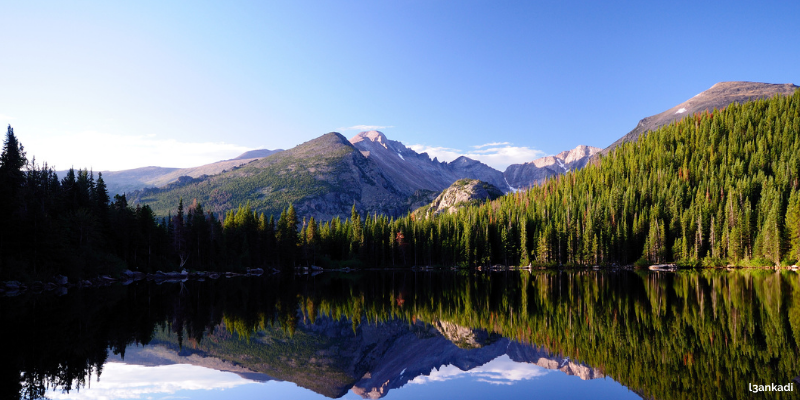
- Bear Lake - This beautiful mountain lake is great for getting out, walking around, and taking pictures. It’s short and accessible and one of the most popular sights in the park, so be prepared for a crowd. For those interested in more of a hike, it’s also the jumping-off point for several fantastic hikes, including those to Emerald Lake, Flattop Mountain, Sky Pond, or Cub Lake, depending on what kind of activity level you’re looking for.
- Old Fall River Road—Since 1920, Fall River Road has served as the first car-worthy road into Rocky Mountain National Park’s high country. Shorter and more rugged than Trail Ridge Road, Old Fall River Road is a scenic route meant to be taken slowly (the speed limit is 15 mph). It has no guard rails along the edges and is primarily made of gravel. It is another beautiful way to see Rocky Mountain National Park from your vehicle.
The Legacy of Rocky Mountain National Park's History
With thousands of visitors daily, even in the winter, Rocky Mountain National Park's history is an iconic part of our state’s geography and culture. You could explore a different part of the park daily for the rest of your life and never see everything it offers. Whether you’re watching a herd of elk in Beaver Meadows, gripping the edge of your seat around some of the turns on Trail Ridge Road, or waking up in the wee hours of the morning to trek the difficult trail to conquer Longs Peak. Rocky Mountain National Park is one of Colorado's most beautiful and unforgettable places in a state FULL of beautiful and memorable sights. Next time you’re near Estes Park or Grand Lake, visit this Colorado classic and discover something new to love about Colorado.By Emily Krempholtz
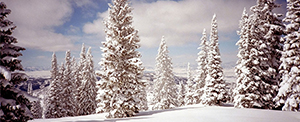 |
 |
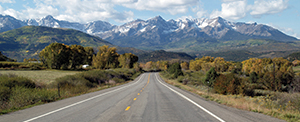 |
||
Winter Activities >Winter in Colorado is all about celebrating and enjoying the great outdoors. |
Lodging >Looking for a luxury hotel suite or a rustic cabin? We have something that’s perfect for you. |
Colorado Road Trips >Road trips are the best ways to experience all Colorado has to offer. |

